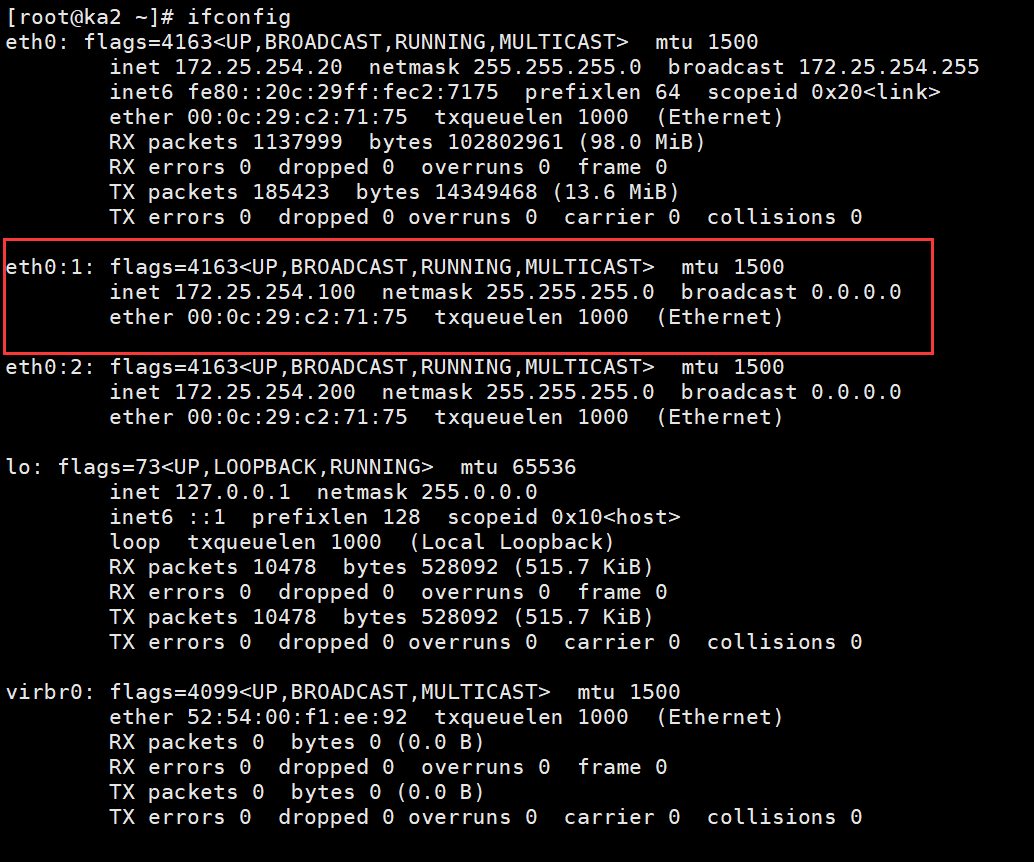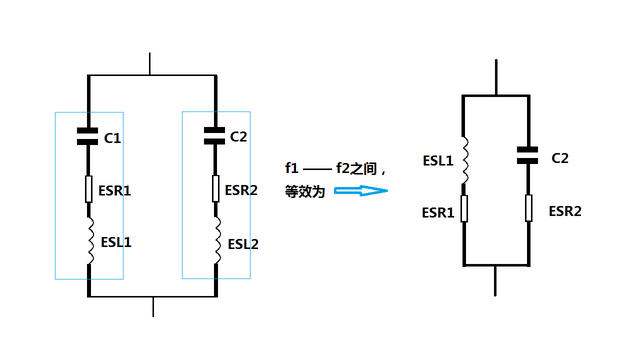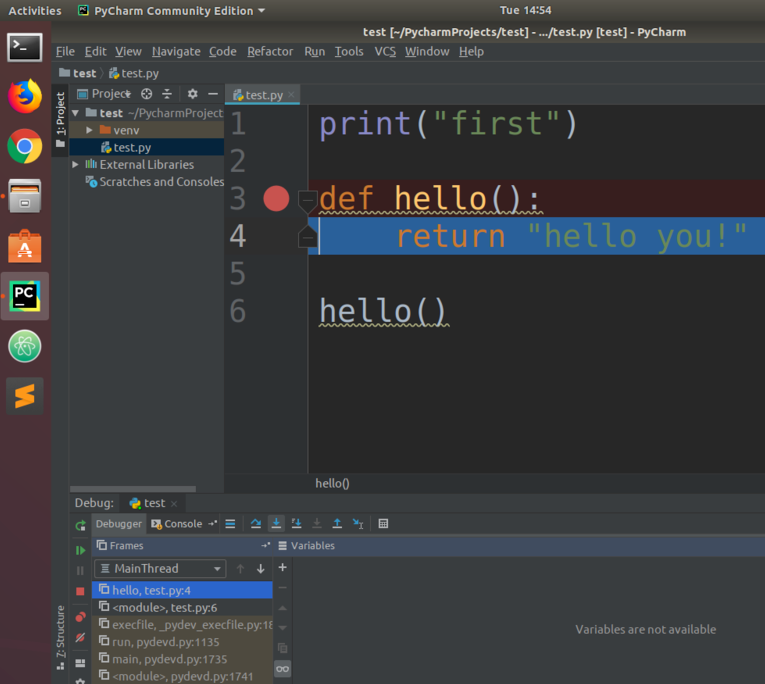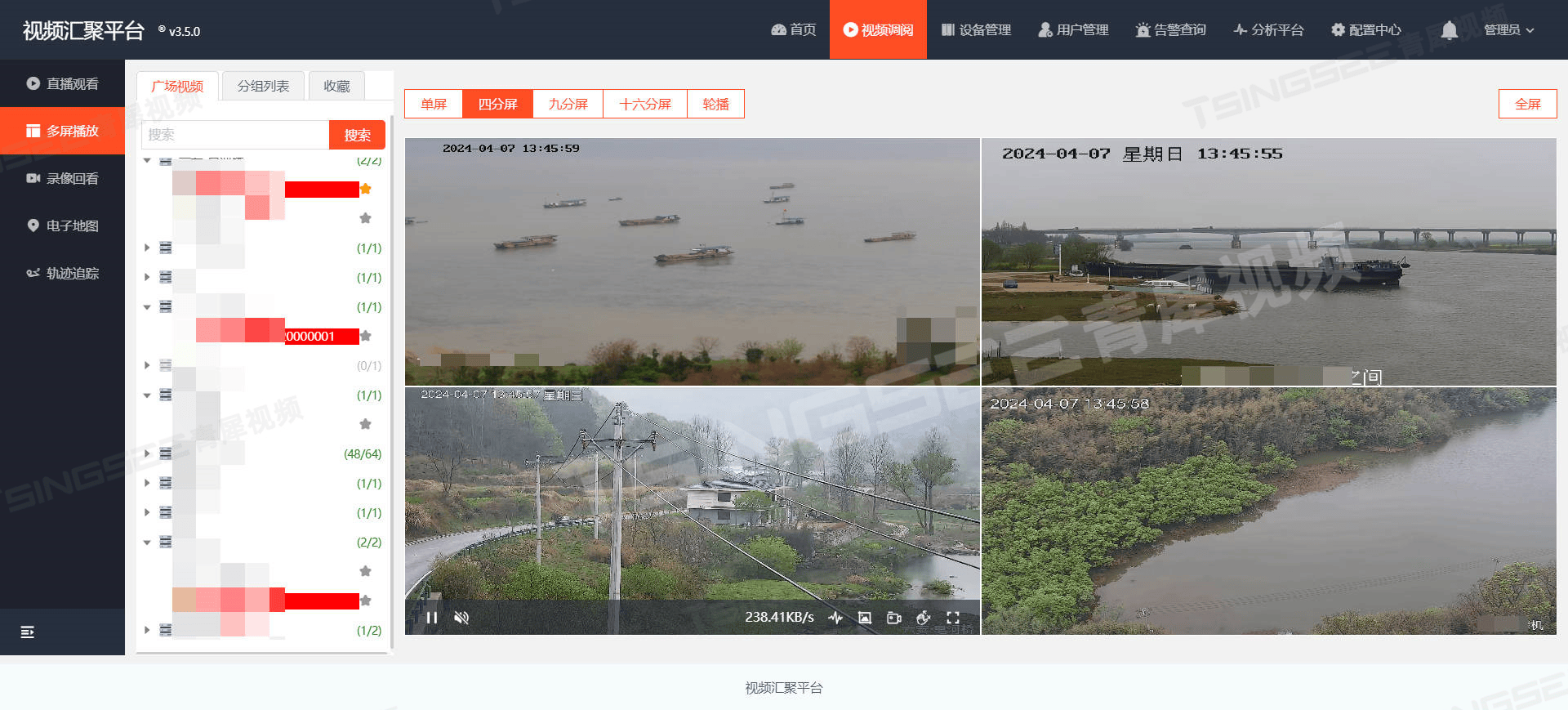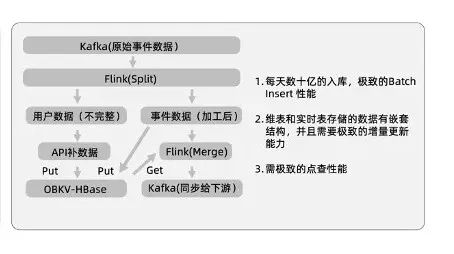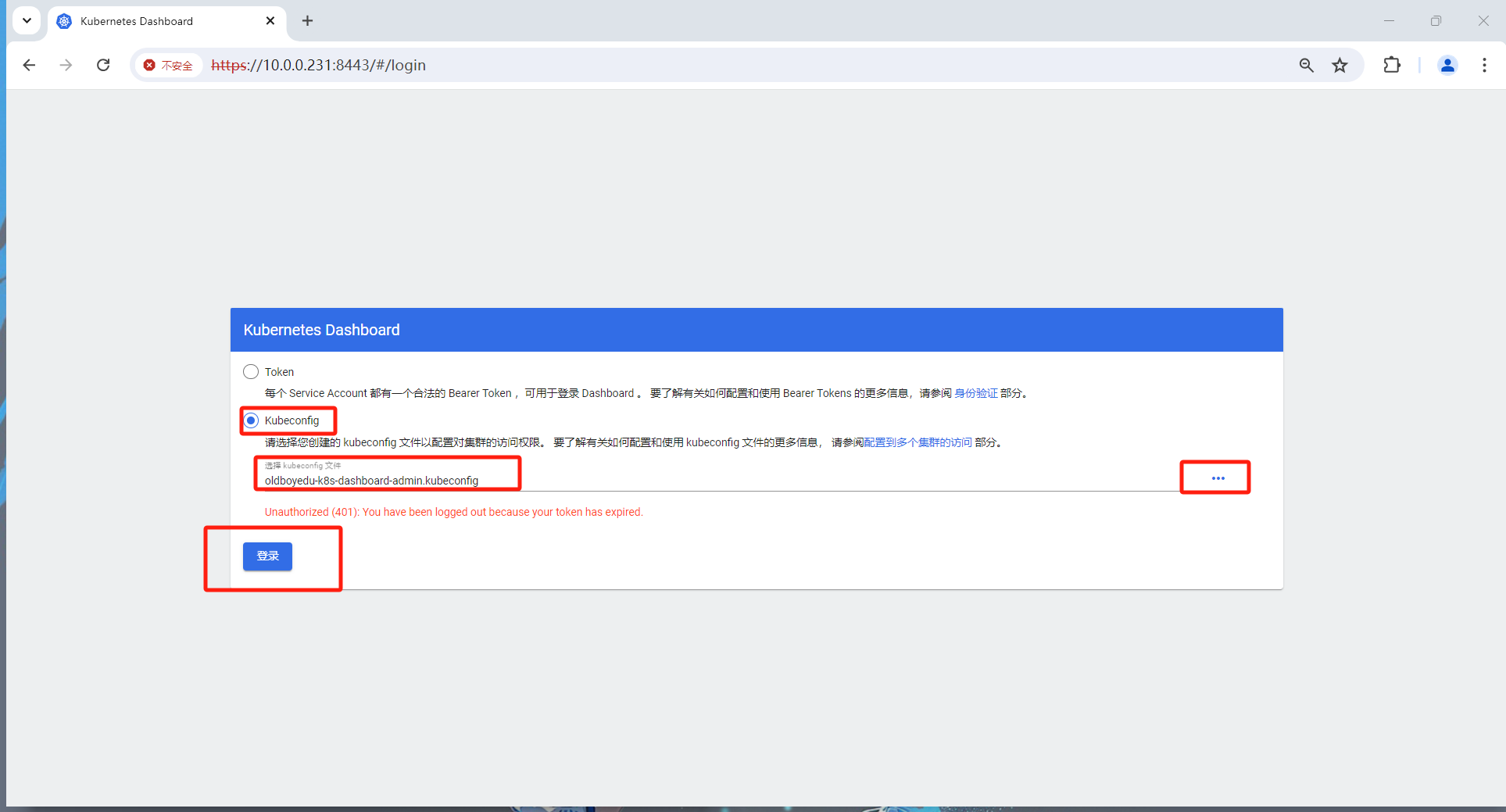参考前序教程:Raspberry Pi上使用pip来安装py2neo,pip install py2neoerror: externally-managed-environment-CSDN博客
再次进入时
-
激活虚拟环境: 进入您创建的虚拟环境目录:
cd venv然后激活环境:
source bin/activate激活后,您将看到命令提示符前面有一个
(venv)前缀,这表示您现在正在虚拟环境中。
导入程序代码如下:csv需要多行多列,
from py2neo import Node, Relationship, Graph, NodeMatcher
# 导入py2neo库中的相关类,用于操作Neo4j图数据库
uri = "bolt://localhost:7687"
# Neo4j数据库的连接URI
username = "neo4j"
# Neo4j数据库的用户名
password = "123456cys"
# Neo4j数据库的密码
graph = Graph(uri, auth=(username, password))
# 创建Graph对象,用于连接和操作Neo4j数据库
path = "/home/pi/python_neo4j/oil0813.csv"
# 要读取的CSV文件路径
with open(path, 'r', encoding='utf-8') as file: #如果不是utf-8编码,需要转换成utf-8编码,可使用notepad++
lines = file.readlines()
# 打开并读取CSV文件内容到lines列表中
con = list()
# 初始化一个空列表,用于存储处理后的数据
zh=['ViolationID', 'Symbol', 'DisposalDate', 'DeclareDate', 'ShortName', 'CoFullName', 'Promulgator', 'FileName', 'DocumentNumber', 'Supervisor', 'ViolationType', 'ViolationTypeID', 'Law', 'ViolationYear', 'Activity', 'PunishmentMeasure', 'SumPenalty', 'IsViolated', 'PunishmentType', 'PunishmentTypeID', 'Penalty']
# 定义一个列表,包含CSV文件中各列的标题
for j in lines:
try:
a = j.replace("\t","").strip('\n').split(",")
# 将每一行数据中的制表符替换为空格,去除换行符,然后按逗号分割成列表
a = [i for i in a] # 保持数据为字符串类型
# 将处理后的数据添加到con列表中
con.append(a)
except:
continue
# 如果处理过程中出现异常,则跳过当前循环
for j in con:
try:
selector = NodeMatcher(graph)
# 创建NodeMatcher对象,用于匹配节点
# 创建第一个节点(如果不存在)
entity1 = selector.match(j[1], name = j[0])
if len(list(entity1)) == 0:
entity1_node = Node(j[1], name = j[0])
graph.create(entity1_node)
else:
pass
# 创建第二个节点(如果不存在)
entity3 = selector.match(j[3], name = j[4])
if len(list(entity3)) == 0:
entity3_node = Node(j[3], name = j[4])
graph.create(entity3_node)
else:
pass
# 创建两个节点之间的关系
e1_node = graph.nodes.match(j[1], name = j[0]).first()
e2_node = graph.nodes.match(j[3], name = j[4]).first()
e12 = Relationship(e1_node, j[2], e2_node)
graph.create(e12)
except:
continue
# 如果创建节点或关系过程中出现异常,则跳过当前循环
print("ok1")
# 打印"ok1",表示程序执行完成

快10万节点了

